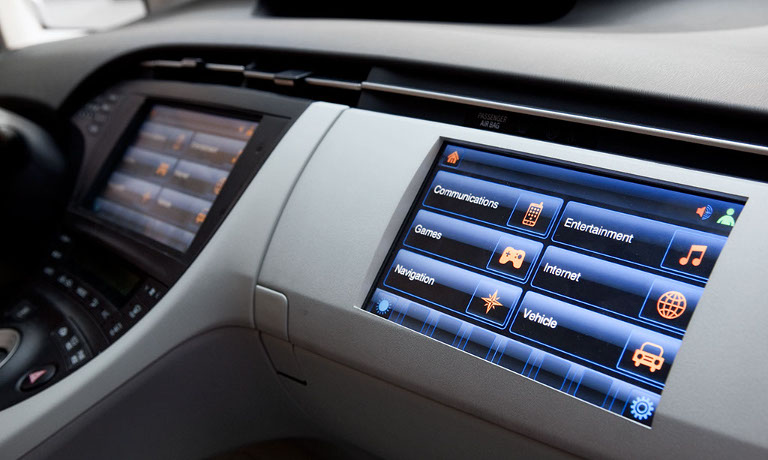Among the numerous application of Internet of Things connected cars are among the most exciting ones, which however seem to still need some time to become ubiquitous. At the same time, the biggest mobile players have already released their car platforms: CarPlay from Apple and Android Auto from Google.
There aren’t too many apps for them at the moment. In fact, they’re mostly big names who’ve partnered with Apple and Google in advance, including iHeartRadio, Joyride, NPR, Pandora, and SoundCloud running on for Android Auto, as well as AudioBooks.com, CBS, Rdio, and Spotify on CarPlay.
Be it as it may, there are already quite a bit of truly connected cars on the road and even more exciting announcements from car manufacturers, so we’re definitely able to take a glimpse at what features can be expected from the new generation of connected cars.
Everything is counted
Same as with the “quantified self” concept, under which quite a few of us obsessively calculate steps, calories, sleep hours and so on, connected cars are able to track all aspects of their functioning.
Such tracking makes it possible to improve your driving habits in order to save money on gas, but also makes the diagnostics of any issues way easier. You won’t have to stare at that check engine light having no idea if your car is going to survive a trip to the local garage — now the connected system will tell you what exactly is the problem and offer possible solutions.
Another use of “quantified car” is in insurance, as it allows to lower premiums for young or new drivers, which could be a great deal of money, especially for someone who’s just bought their first car.
Actually, this aspect of connected cars can already be achieved even on older ones using aftermarket solutions like Dash, Automatic or Delphi, which offer a special piece of hardware to connect to your car’s service port.
Safety comes first
It’s beyond dispute that fully connected cars are supposed to be much safer than those without Internet connectivity and features that come with it.
The future connected cars are to be able to detect road markup in order to alert the driver if they drift off their lane, as well detect pedestrians on the road and avoid accidents.
In addition to that, thanks to the smart self-diagnostics system and Internet connection, the car will also be able to report to emergency services in case of a crash, which increases the chances of help getting to the place in time.
Parking made easy
An easy but hugely important and convenient feature of connected cars is their integration into the parking system, so that to navigate you to a vacant parking space in a busy city center.
Of course, paying for parking becomes easier as well as you won’t have to go to a machine and look for coins but use the credit card connected to the car’s smart system.
Remote control
Another thing that can already be seen in some of the newer cars is the possibility to control them remotely using applications for smartphones or smartwatches.
This includes a huge range of features, from remote turning the engine and heating on to using your phone or wearable as the key.
Data sharing
Coming logically from the previous point, having a car connected to the Internet opens endless possibilities in terms of sharing the data between different devices and services. An obvious example is navigation: relevant directions can be loaded up to your car’s screen when it’s time to leave to an airport or to a restaurant, the reservation in which was made by OpenTable or similar app.
Looking at the future of the automotive industry (and not talking about driverless cars as their wide adoption seem to be too far away), it’s safe to say that the next generation of connected cars will be safer, more efficient, and will make us free of many boring routines.
It is also a great opportunity to catch, as there are still not many applications for smart car platforms, while the future demand will definitely exceed supply.

